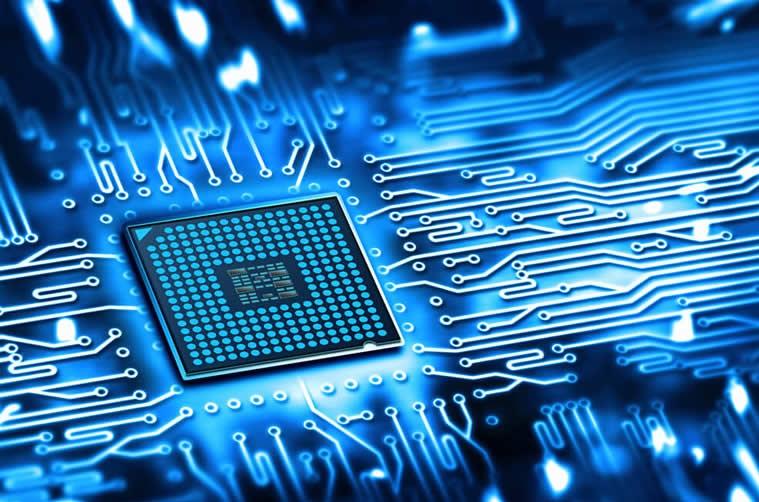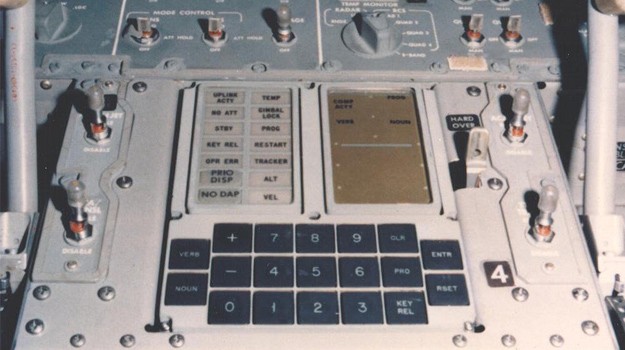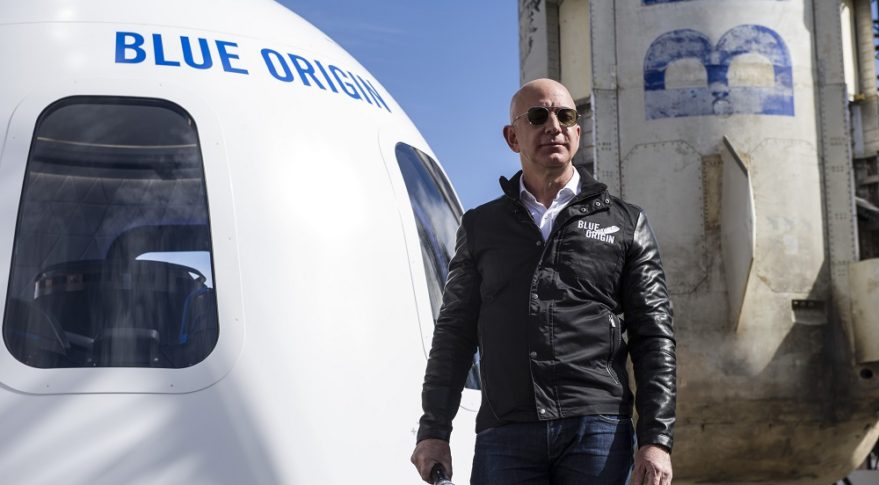
Hybrid Photonic Integrated Circuit, 2019, openPR.
The Digital Age
The Rise of the Integrated Circuit

Apollo 11 Guidance Computer, 2013, geek.com.
Before the Apollo mission, computers were larger than a refrigerator. The Apollo project required a real-time computer to fly to the moon, so NASA had to build one. The pioneering work done with the Massachusetts Institute of Technology revolutionized the computer industry. They developed the smallest, fastest and most usable computer ever created. Computer chips became much more reliable, faster and more powerful because of NASA's exacting standards while getting cheaper, dropping from $1,000 to $1.58 each. They also changed the perception of technology and computers by using it to accomplish a seemingly impossible task, getting men to the moon and back.
New Generations of Scientists and Engineers
The moon landing was such a monumental event that it was watched by hundreds of millions of people around the world. The scientific and engineering achievement inspired generations of people to become engineers and scientists including some of today's technology business leaders.
"That's one of the gigantic legacies of Apollo, it inspired so many people to enter science, engineering, become pioneers, explorers. It would be hard to overstate the degree to which that program did that for a whole generation of people, not just in the U.S. but around the world."
~ Jeff Bezos, founder of Amazon and Blue Origin

Jeff Bezos stands with the New Shepard capsule and booster, 2017, Space News.
The End of the Cold War
Neil Armstrong on the Space Race, NASA.
After NASA landed on the moon, the Soviet Union eventually abandoned their moon program and turned their attention to space stations. This paved the way to cooperation with NASA on the Apollo-Soyuz program and brought two former adversaries together for a common goal.